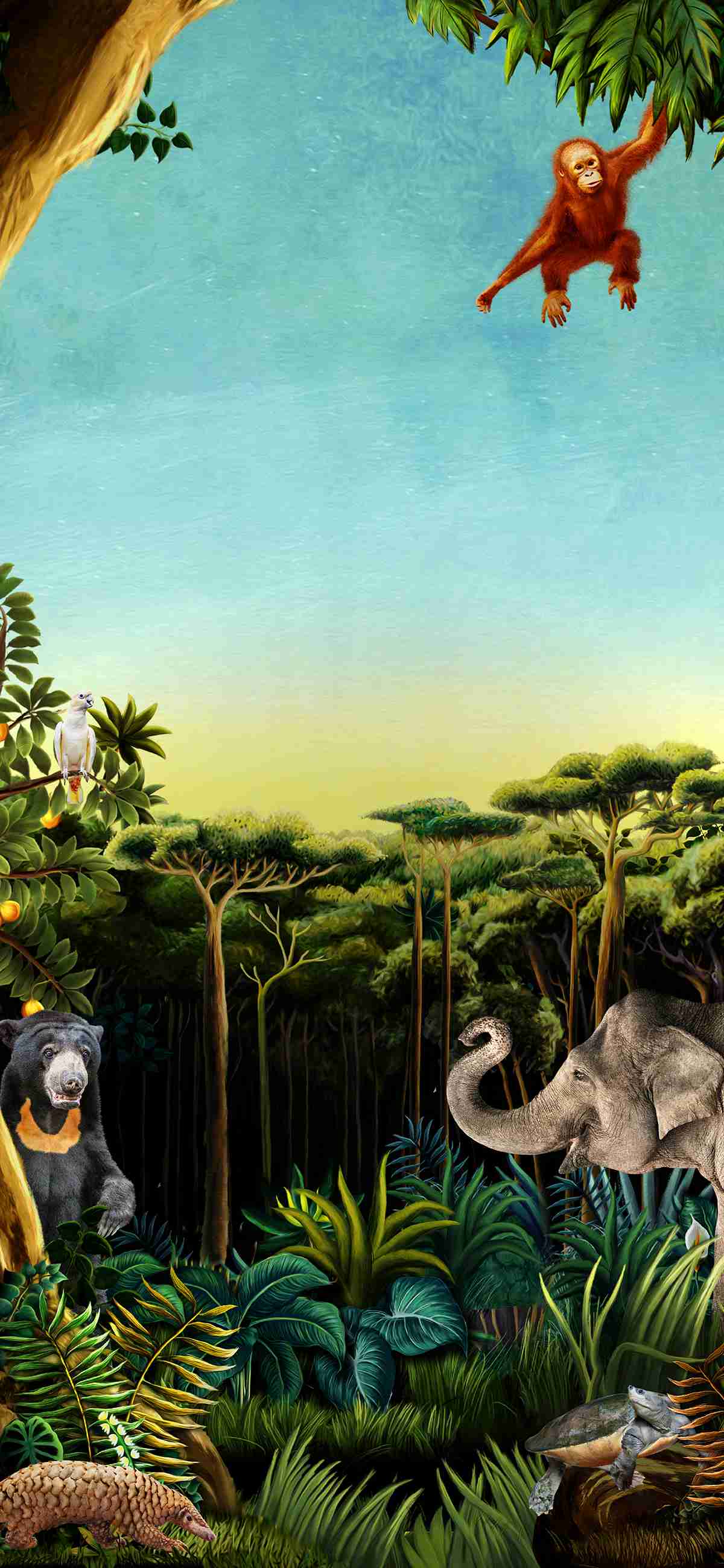Prehistoric-looking bird stages comeback at Jurong Bird Park
12 Jul 2018
Image: Shoebills are named for their large shoe-shaped bill, which also gives them their iconic appearance. A Shoebill’s bill measures over 20cm in length, and is marked by a sharp hook at the end for killing prey.
PHOTO CREDITS: WILDLIFE RESERVES SINGAPORE
With the arrival of the pair from Qatar, Jurong Bird Park is the only zoological institution in Southeast Asia where visitors will be able to view the iconic species. Shoebills are native to tropical East Africa, where they face threats such as habitat loss and the illegal wildlife trade. Classified as Vulnerable in the IUCN* Red List of Threatened Species, there are only 30 Shoebills under human care worldwide. There are an estimated 5,000 – 8,000 individuals remaining in the wild.
Jurong Bird Park first displayed Shoebills in 1995, and its last specimen died in 2015. Shoebills can live up to 35 years in the wild, and although their diet consists primarily of fish, Shoebills have also been known to consume amphibians, snakes, rodents, and even baby crocodiles.
With only two recorded cases of successful breeding under human care reported, Jurong Bird Park hopes to breed the pair and help to better understand the biology of this amazing species. Visitors may view the Shoebills at the park’s Wetlands exhibit, which also displays other wetland birds such as the critically endangered Northern Bald Ibis, Roseate Spoonbill and Hammerkop.
* IUCN – International Union for the Conservation of Nature

Image: Jurong Bird Park’s Assistant Director, Veterinary, Dr Xie Shangzhe administering fluids to one of the Shoebills for additional hydration, assisted by Deputy Head Keeper, Razali Mohamad Habidin.
PHOTO CREDITS: WILDLIFE RESERVES SINGAPORE

Image: The 11-year-old male and 17-year-old female make their first foray into their newly revamped home in Jurong Bird Park’s Wetlands exhibit. Male Shoebills are generally larger in size than the females.
PHOTO CREDITS: WILDLIFE RESERVES SINGAPORE

Image: Shoebills usually reach a height of 1.5m with their wing spans reaching a maximum of 2m.
PHOTO CREDITS: WILDLIFE RESERVES SINGAPORE

